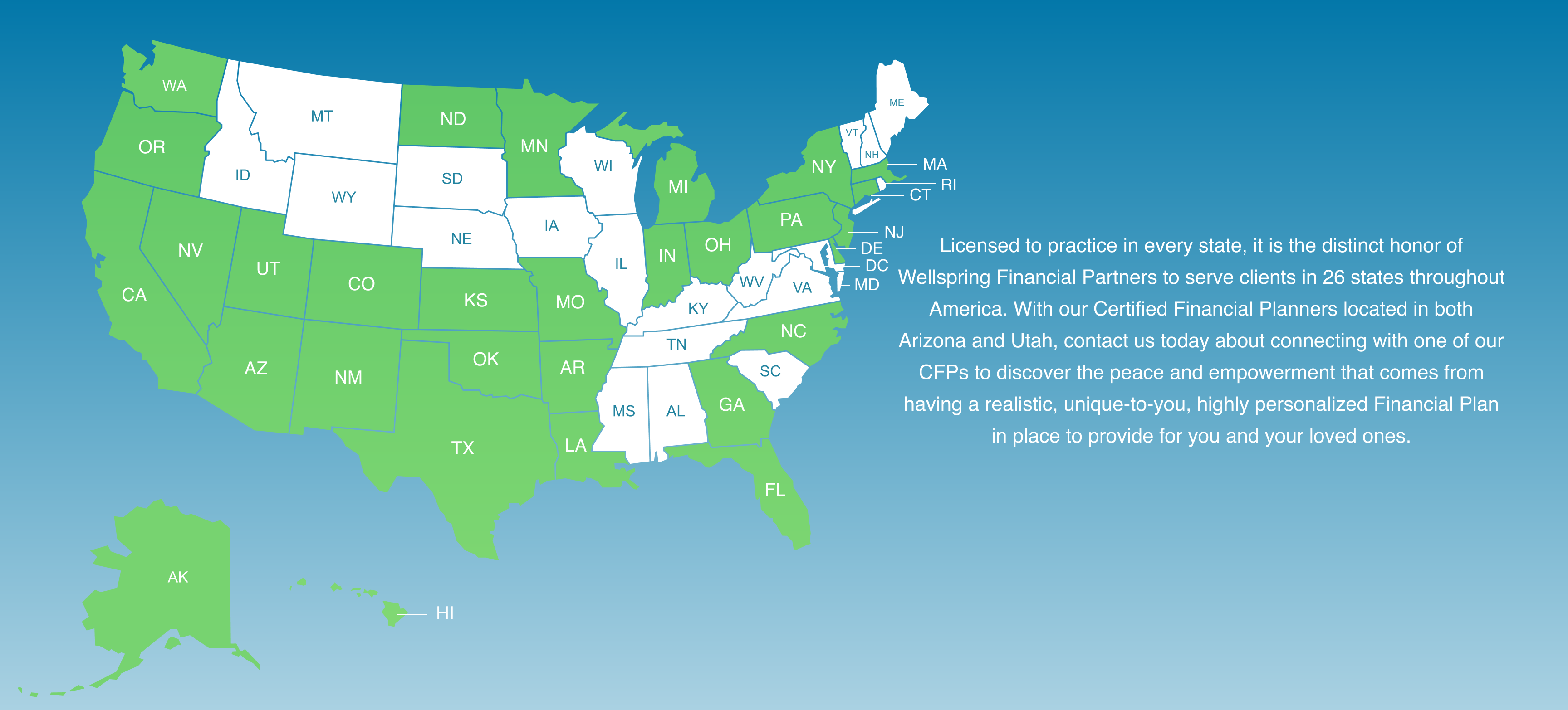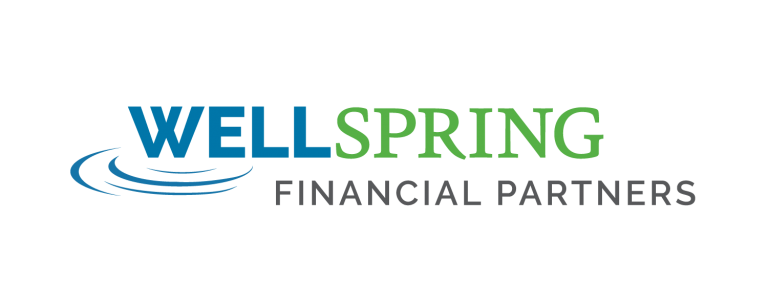We’ve talked more recently about returns of the stock market (capitalism by any other name) and the mix with them in your portfolio of fixed income instruments (various type of bonds), but some people (perhaps even friends of yours) say ‘those things are risky’. Let us be unmistakably clear; sure, they have some risk, but in your case it is ‘compensated risk’. In finance parlance, that means you are getting something for the risk you are taking. Last year’s performance results (and 2 of the last 3 before it) put a good little amount of money into your portfolio. That means you had taken some risk (extraordinary in diversification though it was), but were compensated for it.
Hallelujah.
Now, let’s talk a little about the greatest risks that exist in the market today and the ones that are going to sneak up on waaaaaay too many people.
The Greatest Risk is that sneaky and insidious little thing called inflation. Sooner or later, we want to use the money we have been saving. It might be to spend it, or to spend it by giving it away, but nonetheless sooner or later it leaves our wallets or portfolio and hits the streets. When it hits the streets, we buy something with it. Here’s the history lesson: What was the price of a first class stamp in 1975? What did a gallon of gas cost in 1981? Those questions are relevant because they were periods 25-40 years ago, about as long as most people will likely spend in retirement. Absolutely, the most persistent and pernicious threat to your retirement is purchasing power loss, the economists’ term for inflation. Money sitting in a bank might be guaranteed from absolute loss, but it is never protected from purchasing power loss. In the days when the local savings account paid 3-4% interest, we might have been okay. Today, you’d be lucky to get a rate of 1/10th of 1%, so you are most assuredly losing 2-3% in purchasing power. If that happens, that 10 cent 1975 stamp will not be afforded today, and no amount of $1.38 gas will make that okay (okay, I agree, the later would help).
Another big hammer waiting to drop is the reach-for-yield type of bad investments being made. In today’s reincarnation, this risk primarily comes in two forms;
- Going long in bonds
- Taking on more lower quality credit risks
The former means buying bonds that have a long maturity date (“duration” is how they are measured). Sooner or later, interest rates are going up, and long bonds will get hurt, notwithstanding their nice run over the last 30 years. Secondly, lower quality fixed income stuff is also known as High Yield, a socially acceptable euphemism the financial services industry now attaches to what in Michael Milken’s day were called “junk bonds”. These are the very same bonds that went down 25-70% in value when the 2007-2008 crisis hit. The premiums on them are narrow these days because people have bid them up so much. Kind of feels like the housing boom all over again.
Lastly, we have the alluring pull of municipal bonds, especially as tax rates have gone up. Suffice it to say I know the math pretty well, but the reality is that those outstanding pension obligations of thousands of former city, county and state municipal workers are liabilities not listed on ANY set of books. At this point in the dialogue, I can only suggest the words of kindred spirit Will Rogers:
“I’m not concerned about return on my money, I’m concerned about return of my money” (emphasis added).
It might go without saying, but you don’t have any of the above exposures in your portfolio. We all have risks in our lives, but in your portfolios you only have those we NEED to take, and only those that are compensated.
Perhaps you can help a friend avoid the above issues with a little gentle education at the water cooler or over a nice glass of vino. They will absolutely benefit, and probably have had enough tough surprises over the past 10 years. The above is not projection; it is simple math.
Sometimes, the biggest risk is the one that sounds safest. Once something bad happens, we kick ourselves because we knew it was too good to be true.
As Ben said in regards to health but in financial health as well, an ounce of prevention is worth a pound of cure.
Here’s to your health.

















